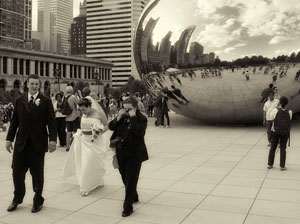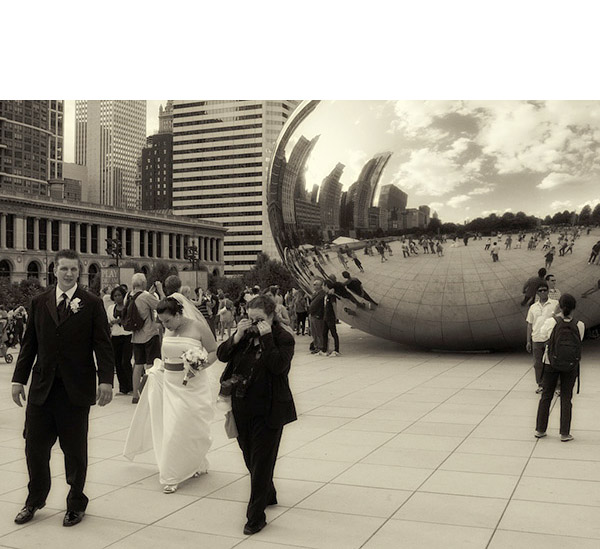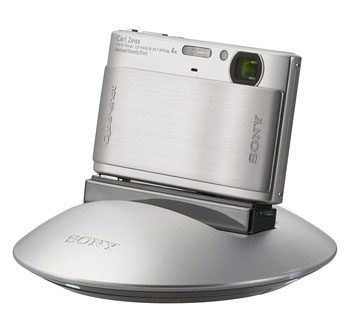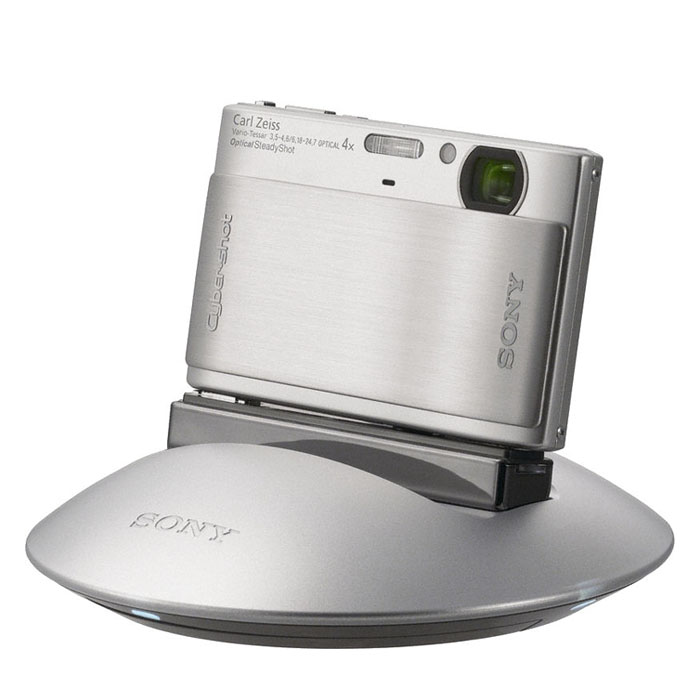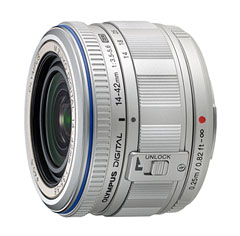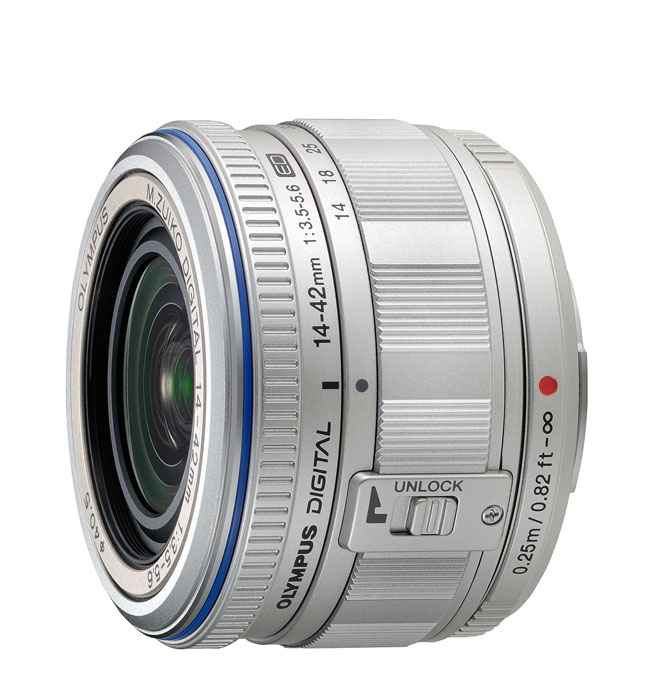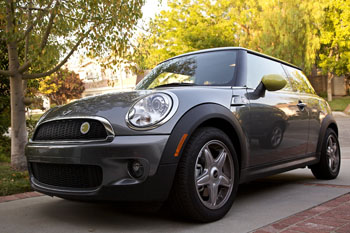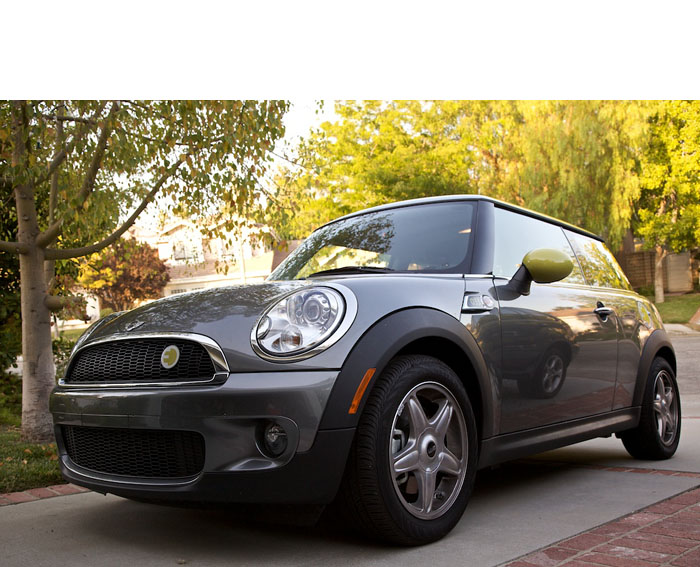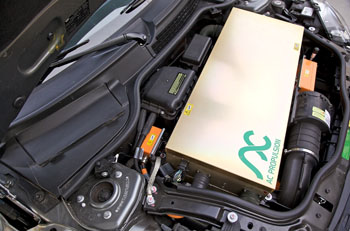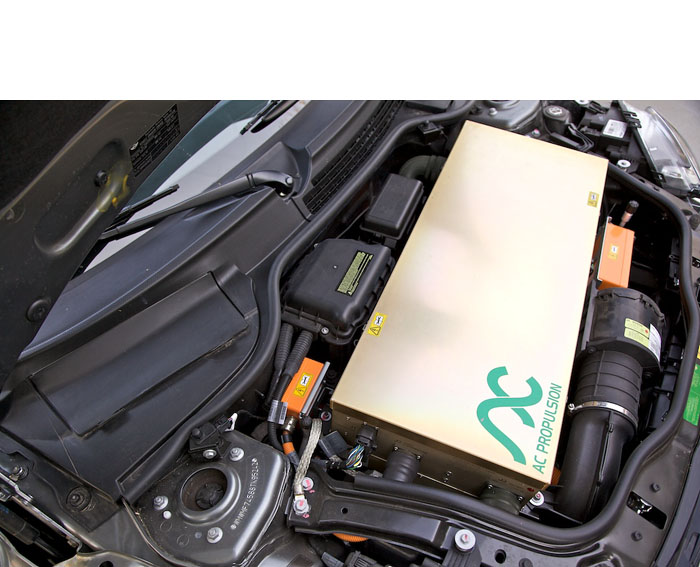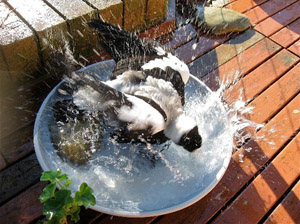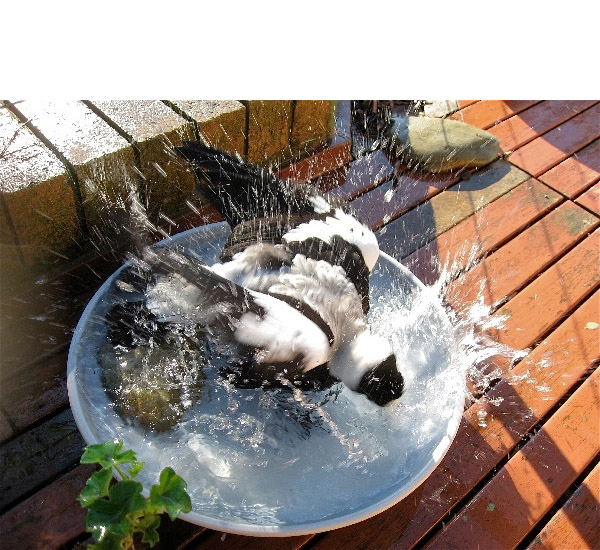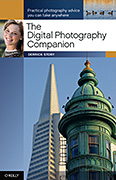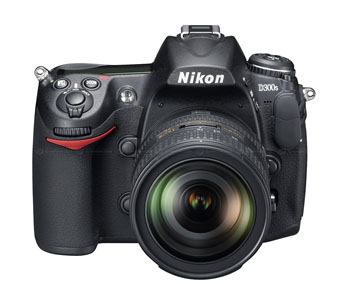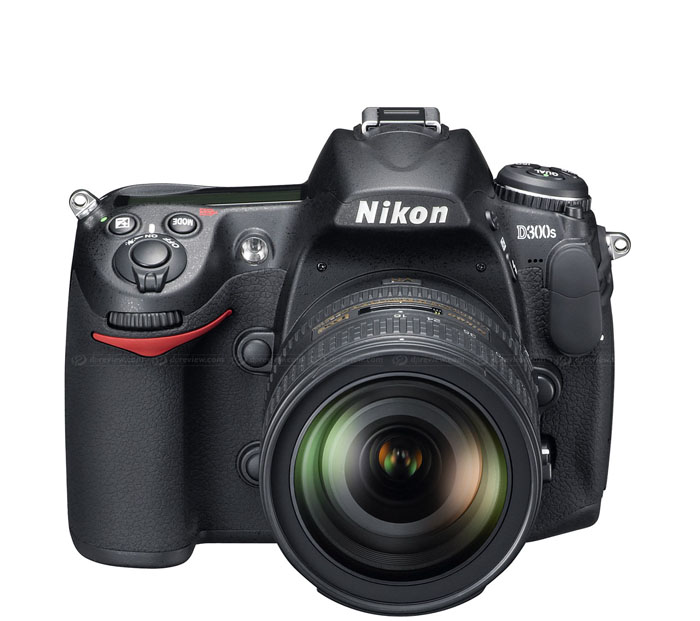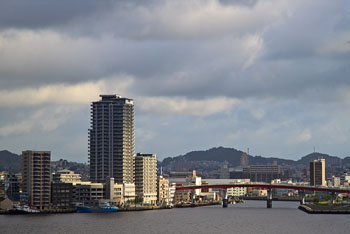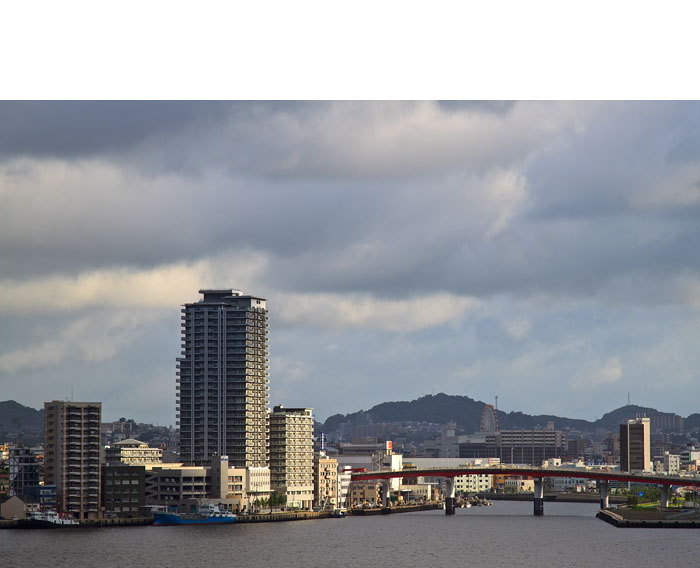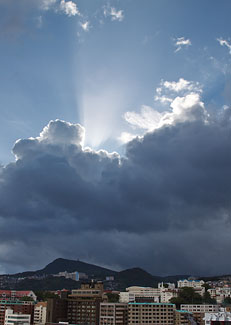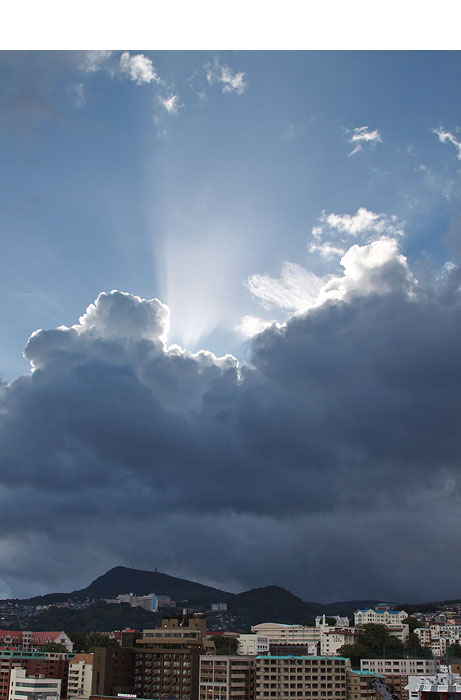It's official -- the iPhone is now my compact camera. This dawned on me yesterday while I was documenting my garage clean-up project with my iPhone 3GS, then actually uploading a picture of the completed work to my Flickr and Facebook pages. It's the image capture device that's always in my pocket.
A few things have led to this change:
- Tap Focus: This has been the single biggest improvement for me with the iPhone camera. Being able to control the area of the composition where the camera focuses -- and sets the exposure -- is huge. I now feel like I have the essential control that was lacking in previous versions.
- Improved Low Light Performance: Let's face it, most of the shots we take on the fly are not in full sunlight. I've found that if I steady the iPhone and use my "hold the finger on the shutter button then softly release it" method for shooting, I can work in low light environments surprisingly well.
- Video: I was just showing a movie to a friend that would have been far less illustrative as a still photograph. The video feature is huge for telling a story.
And then you have all of the connectivity options that you don't have with most cameras. Using an application such as Pixelpipe or Flickr Mobile, I can post images for others almost immediately. Add the variety of image editing tools available on the iPhone itself, and the options grow even more.
This doesn't mean that I'm shooting less with the Olympus E-P1, Canon 5D Mark II, or Canon T1i. What the iPhone means to me is that I'm capturing more of my life, images that I would have missed otherwise. And I'm just thrilled about that.
More on the iPhone 3GS
DIY Copy Stand for the iPhone 3GS
iPhone 3GS Movie Making Basics - Video for All
"iPhone 3G S from Photographer's POV" - Digital Photography Podcast 180
Flickr and iPhone 3GS are Great Companions-
